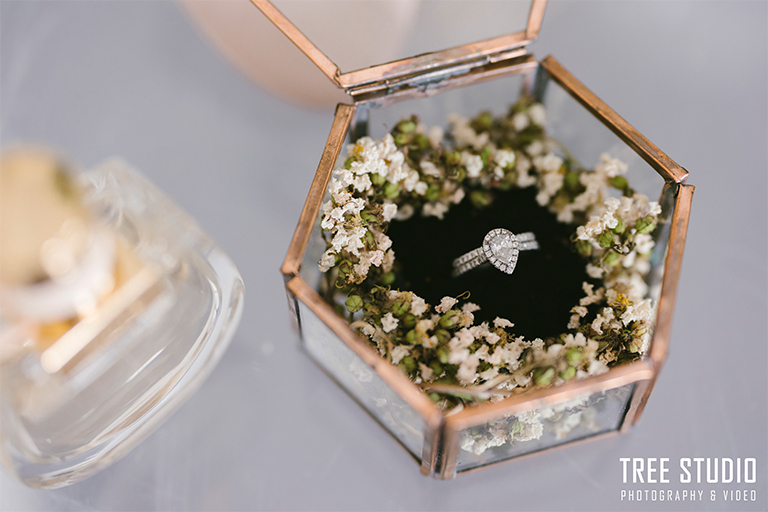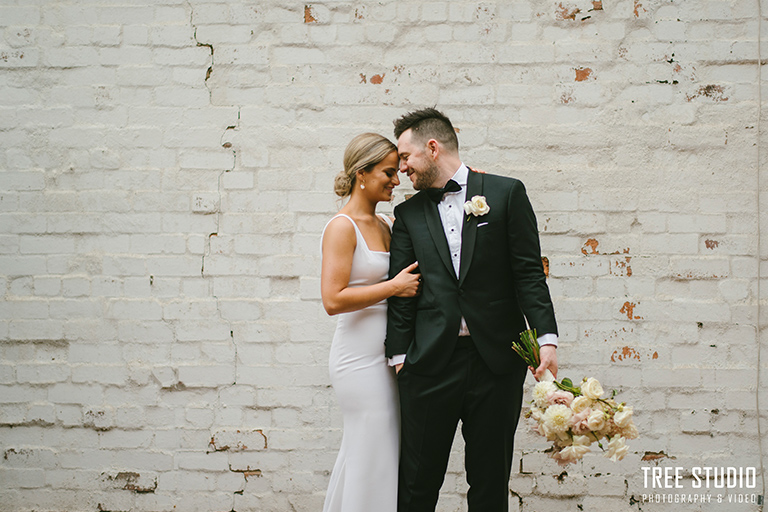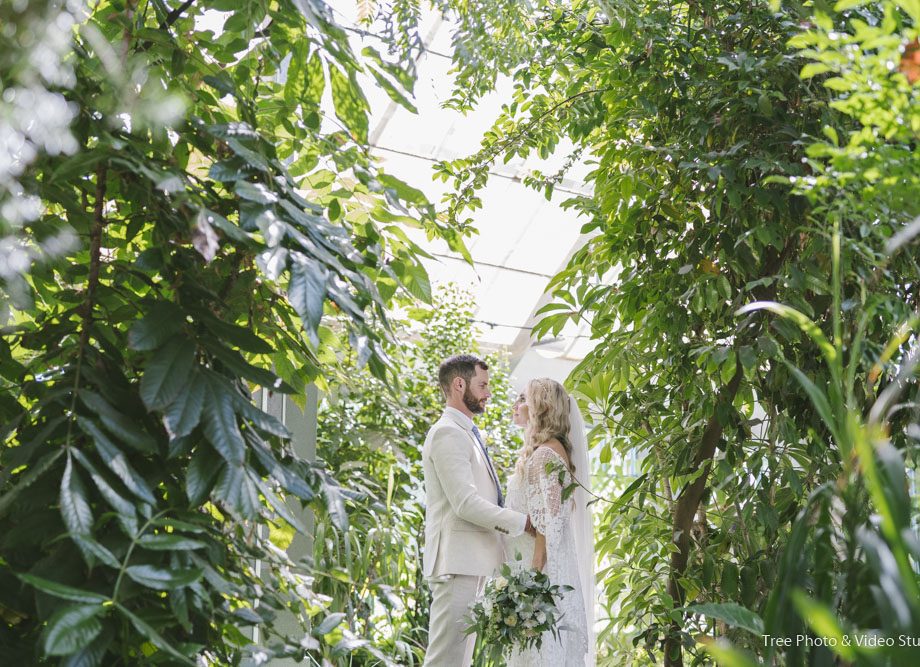
All the brides expect to have an as smooth as possible wedding day. However, they often find it a bit head scratching to work out a proper wedding timeline.
So, before we start this video on how to work out your wedding day timeline, I want to first explain why am I doing this video. Of course, we would like to help every lovely couple, but also, as a wedding photographer who stands close to couple and capture their precious moments, I see myself an important part to compose every couple’s weeding schedule.
Stepped into the wedding photography industry 7 years ago, I have witness hundreds of couples tie the knot. Through this journey, I have learned some important lessons and gained some vital experience on how to guide the bride to run a smooth wedding day.
So, without further redo, let’s get started.
First thing is first, to work out your wedding day timeline, you should start by getting a bit idea from a generic wedding day timetable. For example, what time are you looking to start your wedding? If you are not a morning person, you might not want to start your wedding preparation until like 10am. If you want to catch the sunset before your wedding reception in the winter, then waking up at 6 AM for bridal make up is essential.
So basically, there are several important times points you should roughly figure out before your detailed version of wedding timetable. Starting with your make up and preparation time, ceremony time, reception start time and finish time.
Ceremony
Alrighty, so now you have a list of a rough timeline on your hand, we are almost there for a detailed wedding timeline. But before we figure out the final version, we will need to start by figuring out your ceremony time.
Why, because ceremony is a good time point for you to figure your whole day schedule. When you know that time point, you can work out when you should start in the morning, as well as when you should finish your location photo session before your reception starts.
So now I’m going to discuss how to figure out your ideal ceremony start time.
If you are planning A TRADITIONAL INDOOR WEDDING CEREMONY IN A CHURCH, 12 – 4 pm is the best time for you to organize the ceremony without the issue of lighting change on the day.
If you are planning an OUTDOOR GARDEN WEDDING CEREMONY 2pm to 4pm is the best time to tie the knot. If you get married in summer, try set the place in the shade or hiring a marquee. Water Station is also preferable. When you choose a winter wedding, try to push the ceremony time a bit earlier. Natural lighting is essential for your wedding photographer to create the images perfectly suit your style.
So now you know when are you looking to start your wedding ceremony. the next step is to work out your preparation time.
Before the ceremony start, the bride and groom normally get prepared separately. Whether you prefer your wedding photographer to cover the getting-ready part to make a consistent story or not, the timeline for this part won’t change too much.
Preparation
For a comprehensive photography coverage, we normally spend 1hr at Groom’s place first and then 1.5hrs at Bride’s place.
The makeup artist and hair stylist should almost make all the girls ready for the photos. 15 minutes is my recommended overlap time for your wedding photographer and makeup artist.
Add 15 -20 minutes extra time than Google Map for travelling from the bride’s preparation place to the ceremony place. Even though most wedding photographers have excellent driving skills, a bit extra time, for them to find proper parking and equip fully ready for the ceremony, is worthwhile.
When there is a cinematographer come to film the preparation, extend 20-30 mins extra shooting time to avoid a morning rush. Your photographer and cinematographer need a bit time to discuss the capturing process between them.
When you stay a bit far away from your partner’s getting-ready place, you could consider hiring a second photographer and cinematographer to capture the preparation separately. The groom and his men won’t get pissed off because your wedding photographer knocking the door too early.
Ok, great we are now half way done in making your wedding timeline. The second last step is all about your wedding photography after the ceremony.
So, a typical civil weeding ceremony last around 40 minutes. After that, you should leave 10-20 minutes to let your family and friends congratulate you. Followed by that, are the group shots and family photos which will be taken care by me.
Location
And then the part that I’m most excited about is the wedding location photos. This part is one of the flexible parts of your big day. I would suggest to control it between 1 to 2 Hrs depending on the number of the locations you wanting to do. As well as you should take account about the reception start time.
However, more is not always better, too many photo locations may either make you miss the opportunity for the timeless images or feel too tired to celebrate at the reception when we go out of this range.
Reception
Alright, so last step is to work out your reception schedule. Depends on the culture and the bride’s own preference, the timeline at the reception could be very versatile. Whether you are organizing a cocktail celebration, a formal sit-down banquet or a dancing and drumming night, here is the No.1 rule – Don’t organize any formalities when your guests eating.
And if you are wanting to do a sunset photo session, listen close: use the weather forecast to see the sunset time on the day, and 20 minutes before that time, is the so-called golden hour for wedding photography.
So, if you want a stunning sunset shot, leave a block for that on your wedding timeline. Or you can create a little break between your speeches so it won’t be that boring for your guests as well.
There you have it, the 101 guides on planning your wedding day timeline.
Planning a wedding is always overwhelming and complex. The above tips are some experience I collect from the past 7 years of being a professional wedding photographer. Should you have any more questions about organizing a smooth wedding day timeline, please do not hesitate to Contact Us.




